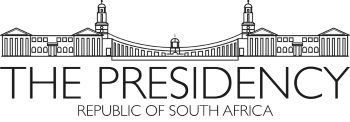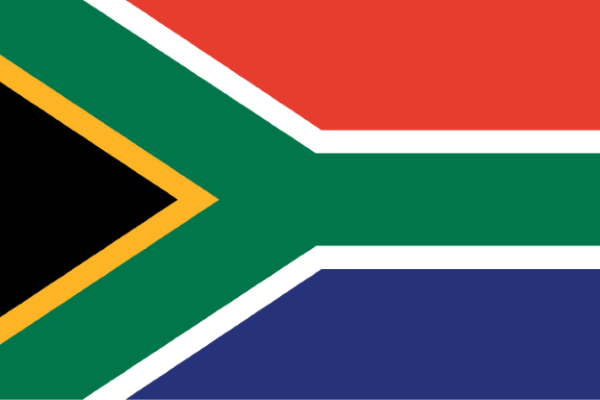The Order of Mapungubwe in Silver

Selig Percy Amoils (1933 - ) Awarded for:
Excellence in the field of ophthalmology and for inspiring his colleagues in the field of science.
Profile of Selig Percy Amoils
Selig Percy Amoils, pioneering inventor and biomedical engineer, was born in Johannesburg in 1933, where he was raised and educated.
From an engineering background in his undergraduate studies, he went on to attend Medical School at the University of the Witwatersrand; specialist training at Baragwanath Hospital in Soweto; Moorfields Hospital in London; and the Massachusetts Eye and Ear Infirmary as a clinical fellow and research scientist, specialising in retinal diseases and surgery and glaucoma.
In private practice since 1969, Amoils has held hospital appointments at Baragwanath Hospital and Natalspruit Hospital on the East Rand where, as director of cryosurgical research, he extended a range of treatments, not only for the eye, but also in gynaecology, dentistry, dermatology, veterinary medicine and thoracic and heart surgery, among others.
Amoils first pioneered cryosurgery for cataracts and retinal detachments in 1962. This led to the Cryoprobe in 1965 that forever changed the method of cataract and retinal surgery.
For this invention, Amoils achieved world recognition and a Queen's Award. His Cryoprobe has been on display in the Kensington Museum in London next to the inventions of Guglielmo Marconi, the inventor of wireless telegraphy, and Alexander Graham Bell who invented the telephone. Amoils says he got his idea for the Cryoprobe while doing some work in the Johannesburg Public Library.
Another well-known invention of his is the rotary epithelial scrubber. This is an adaptation of an ordinary electric toothbrush used in corrective laser surgery. It works in a circular motion, scrubbing away cells for a smoother surface for laser procedures. Before, a scalpel was used, resulting in an uneven surface.
Amoils's rotary epithelial scrubber has even been used on former President Nelson Mandela, whom Amoils has treated since 1994. He helped bring to the world's attention one of the consequences of Mandela's long imprisonment on Robben Island. Forced to smash limestone rocks for 20 years, Mandela's tear glands have been burned because of the alkaline nature of the limestone. This has left his eyes dry and prone to irritation. Amoils had to perform a difficult operation to remove a cataract from Mandela's eye because of this condition.
Amoils also developed the first diamond vitrectomy cutters in 1970, using hollow diamonds. A vitrectomy is performed when the vitreous, the gel-like substance that fills the centre of the eye, has to be removed or certain problems affect the back of the eye.
He introduced microscopic control of blade depth in Radial Keratotomy, the procedure for nearsightedness, which is essential for accuracy; invented the Ovalometer to control astigmatism after cataract surgery and corneal grafting, concerning the shape of the cornea; and designed cataract surgery aspiration devices for developing countries especially.
Amoils is a noted proponent of Photorefractive Keratectomy (PRK) to treat thin corneas and latent and frank keratoconus. PRK is a procedure in which the surface of the cornea is reshaped to treat nearsightedness, farsightedness or astigmatism. Keratoconus relates to a protrusion of the centre of the cornea.
Amoils has also demonstrated the superiority of scanning PRK over broad beam PRK and pioneered the use of mitomycin - antibiotics used against bacteria and cancerous tumor cells, in the prevention and treatment of complications after PRK.
His study of the thinning of the cornea after other competing surgical procedures began in 1995 and he has made numerous international presentations of his challenging findings. He has published a textbook on cryosurgery and ophthalmology as well as scores of scientific papers.
Among his awards are 'One of the Four Outstanding Young Men' in South Africa in 1968; the Queens Award for Technological Innovation in London; and the Medal of Honour from the Academy of Applied Science in association with MIT and Harvard.
Selig Percy Amoils has proven himself an inventor extraordinaire, setting his country on the world map as well as holding his own with the very best in the scientific world throughout his glorious career.
Percy Amoils continues to develop new inventions for a wide range of applications, at the forefront of Africa's contributions to solving humanity's problems.




